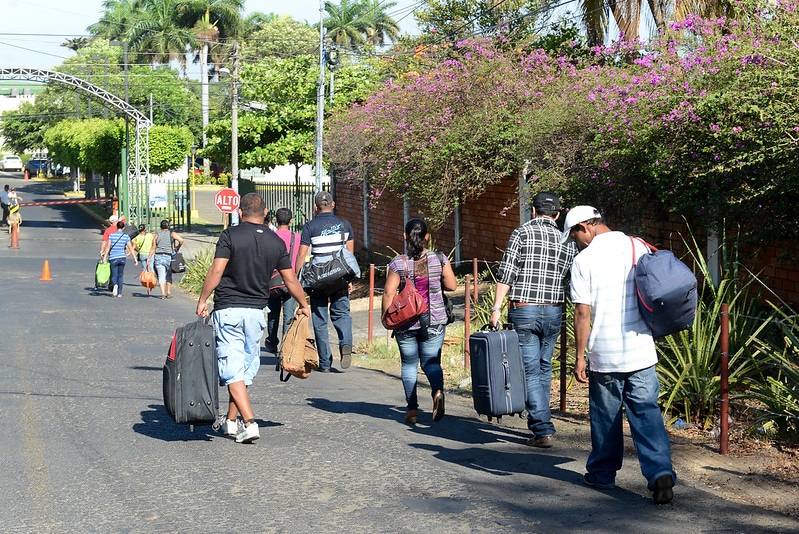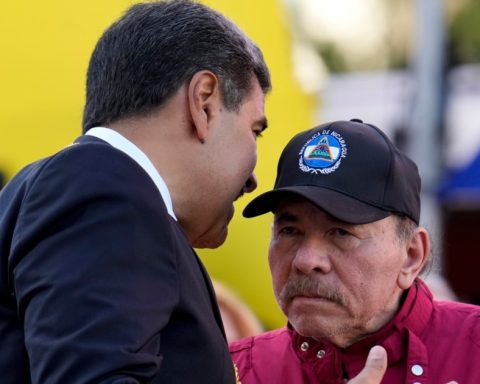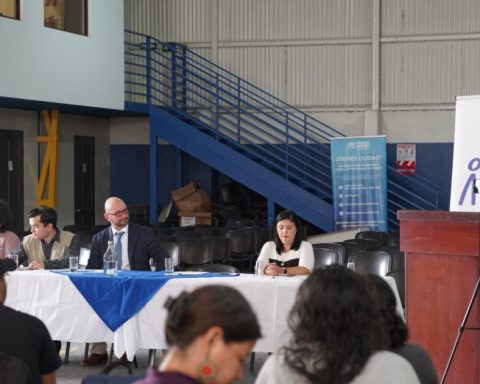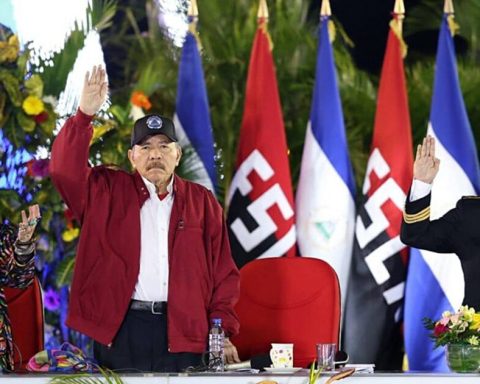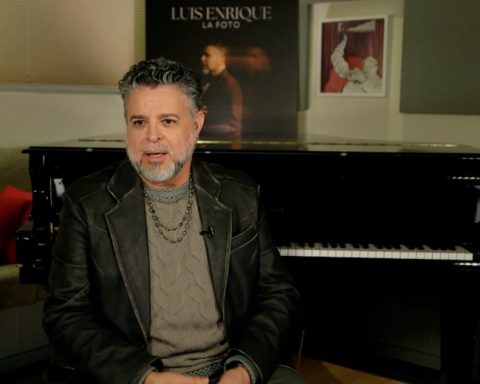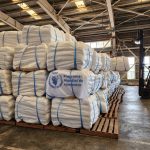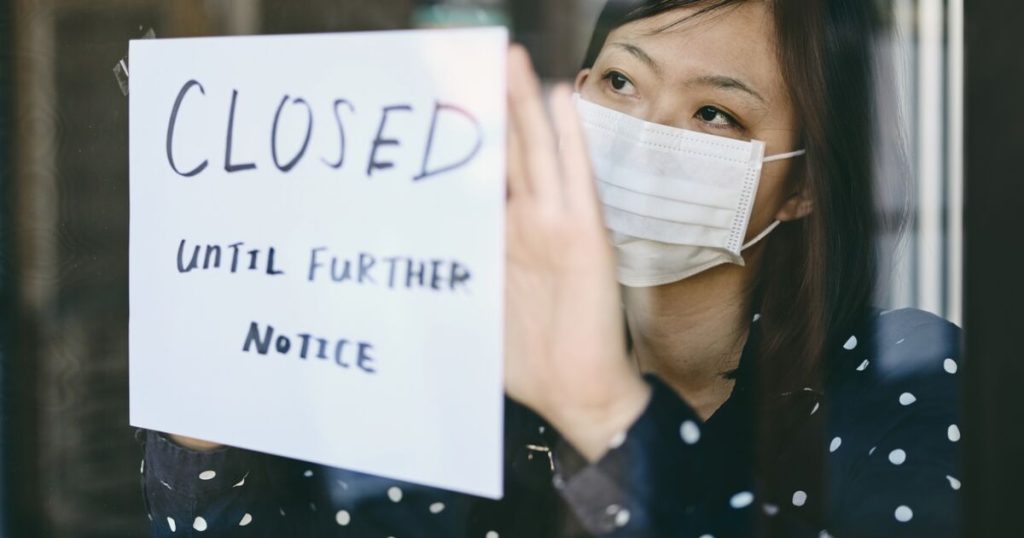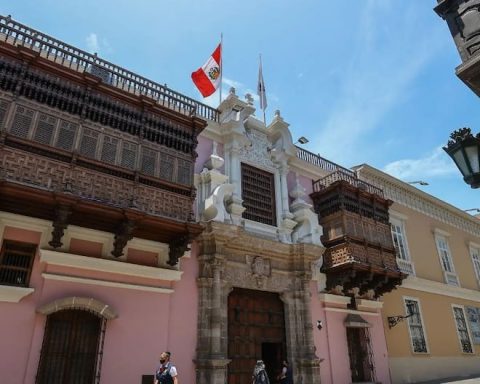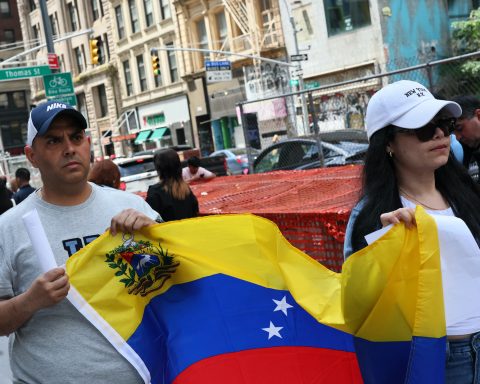The worsening of the socio-political crisis that Nicaragua has faced since April 2018, with the increase in political persecution and criminalization, added to the systematic economic deterioration of the last three years, are some of the factors that have influenced more than 140,000 Nicaraguans decide to migrate in 2021.
Manuel Orozco, Researcher from the Inter-American Dialogue, who has studied for decades the behavior and impact of Nicaraguan migration, detailed, through his social networks, that “two out of every one hundred Nicaraguans left the country in 2021 ”, referring to the fact that 83,000 of these were located on the border of Mexico and the United States, while another 40,000 sought refuge in Costa Rica.
He indicated that “others went to third countries or entered by blind spots or irregular shape ”. In addition, he stressed that all this migratory flow is “one of the many consequences” of Nicaragua “living in a dictatorship.”
Repression forces the displacement of Nicaraguans
The Inter-American Commission on Human Rights (IACHR), through a release disclosed this Monday, it indicated that during this year it received information “about the increase in Nicaraguan people in forced displacement due to the intensification of repression and the climate of fear and persecution that continues in the country against all the people considered as opponents to the Government ”of Nicaragua.
Through the Special Follow-up Mechanism for Nicaragua (MESENI), the IACHR learned that forcibly displaced persons “had been victims of direct threats of arrest by agents of the National Police or sympathizers of the Government.”
They also mention that in other cases many of the people who decided to leave the country, said that they lived in a “climate of fear and anxiety due to the constant presence of National Police agents in their homes, acts of monitoring and surveillance, and even the refusal to move to other departments ”.
Among the main groups that have fled Nicaragua, according to the testimonies collected by the IACHR, are: human rights defenders and journalists; students who participated in the mobilizations of April 2018; legal representatives of persons deprived of liberty; female health workers opposed to government policies; people released under the Amnesty Law in 2019; relatives of people detained or murdered in the context of the crisis; and political and social movement leaders who were threatened by the continuation of arbitrary detentions in the country.
The IACHR denounced that some of the people who have sought to leave the country have been subjected to “interrogations at the airport by agents of the National Police, as well as reviews of personal documents, computers and cell phones,” for which there has been an increase the mobility of people through places of irregular crossing or “blind spots”.
More Nicaraguans willing to migrate
A survey conducted between December 5 and 13 by the Costa Rican firm CID Gallup, sponsored by CONFIDENTIAL, revealed that more and more Nicaraguans are open to the possibility of migrating.
The analysis, which had the participation of 1000 people at the national level, interviewed by telephone, showed that 65% of those consulted indicated as “a lot or something” that they would migrate if they had the opportunity. On the other hand, 33% assured that their possibility of doing so is “little or not at all probable.”
The main reason for migrating, according to those interviewed who were open to the possibility, is the economic situation of the country (62%). They also indicated that they would do it to seek a better future (21%) and because of the political situation in Nicaragua (6%).

It is more difficult to get to the United States
Unfortunately, Nicaraguans who begin the migration journey increasingly face more dangerous situations and more complex policies to achieve asylum or refuge in another country.
Recently, in early December, the governments of Mexico and the United States agreed to reactivate the “Stay in Mexico” program, remembered as one of the policies implemented by the Donald Trump Administration, in which migrants are forced to wait in Mexican territory. the responses to your asylum applications.
The agreement between the two countries came after US justice ordered the program to be resumed, which had been repealed when the Biden Administration took office.
More than 240 human rights organizations, civil rights, aid to refugees, immigration and religious organizations, led by Human Right First and the Refugee Women’s Commission, urged President Biden, through a letter sent on December 17, to put an end to the “policy of stay in Mexico and deploy it in conjunction with Title 42 “, considering that they are” harmful and illegal. “
Title 42 is a United States public health statute that dates back to 1944. During the Trump Administration, in March 2020, an interpretation was made of it in the face of the increase in deaths and spread by covid-19, authorizing the Customs and Border Protection of the United States of America (CBP, for its acronym in English) to immediately expel any person or merchandise that enters the United States and could endanger the spread of the virus.
During fiscal year 2021, 3,293 Nicaraguans were expelled under the so-called Title 42, according to data published by the United States Customs and Border Protection (CBP). So far in fiscal year 2022 (October and November) there have already been 1,007 Nicaraguans expelled under the new interpretation of that statute.
According to the CBP, in fiscal year 2021 there were 50,722 apprehensions of Nicaraguans trying to enter the United States, which corresponds to an increase of 1,500% compared to the 2020 data.
So far in fiscal year 2022 (October and November), there have already been 22,938 apprehensions of Nicaraguans, according to updated data from CBP. Julia Neusner, a refugee protection lawyer at Human Right First, indicated through her social networks that ten days after the launch of the Remain in Mexico 2.0 program, the United States Government returned 176 migrants from the El Paso port of entry, while “continuing to use Title 42 to expel” migrants.
Of the 176 migrants returned to Mexico from El Paso, United States, between December 8 and 17, 111 were of Nicaraguan origin, 38 Venezuelans, 14 Cubans, 7 Colombians and 6 Ecuadorians.
“The continuation of Title 42 by the Biden administration and the expansion of ‘Remain in Mexico’ are putting lives at risk and creating a humanitarian disaster on our border,” Human Right First denounced.
He also insisted that the Biden Administration “must take immediate steps to end its use of these inhumane and illegal policies and restart asylum in accordance with international and United States law.”
The organizations warn that people seeking asylum in the United States who are treated under Title 42 statute or under the “Stay in Mexico” policy face dangers such as kidnappings and serious violations of their rights.
